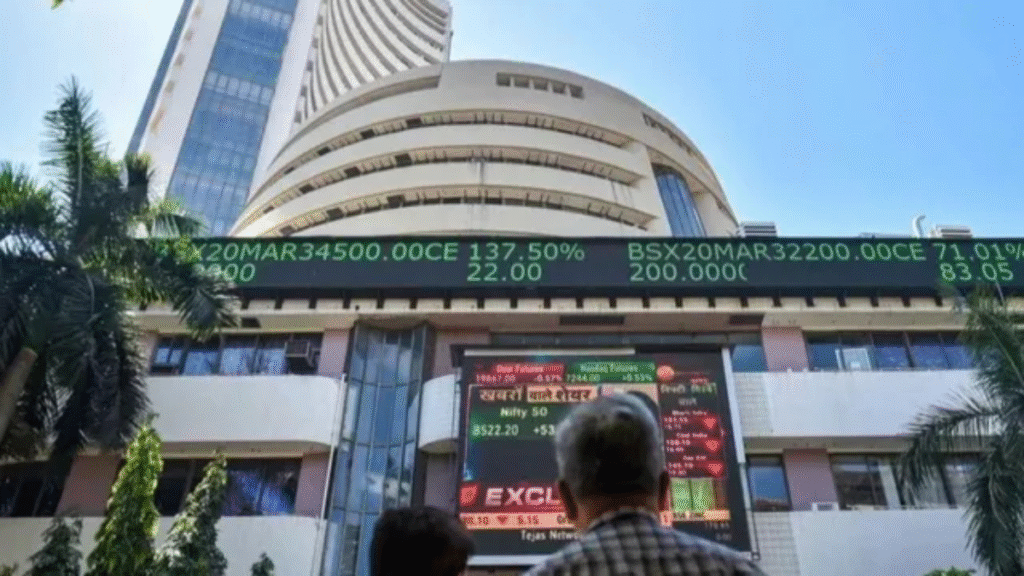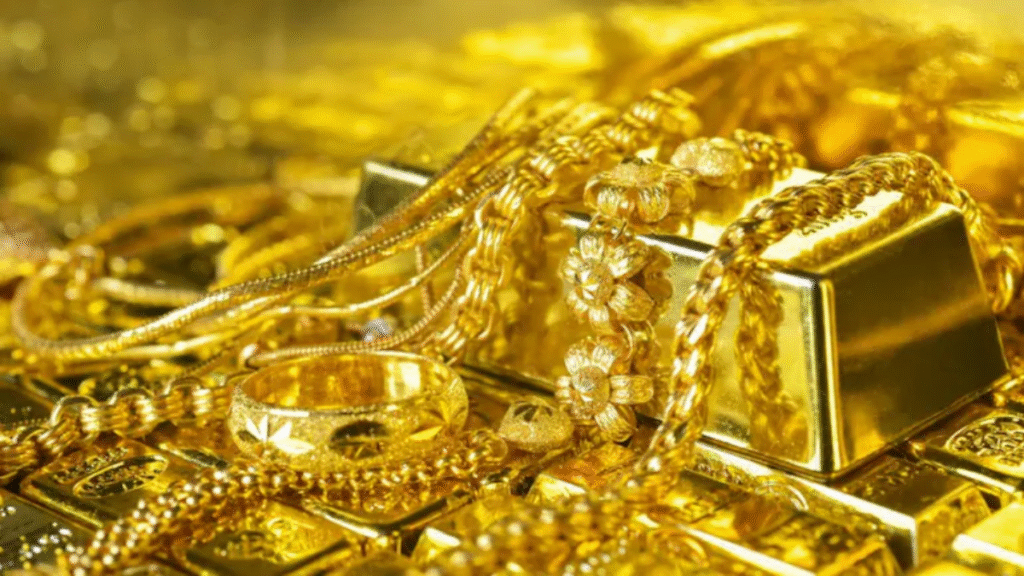Now Reading: Safe-Haven Rush: Gold Soars Amid Tariff Tensions and Dovish Fed Outlook
-
01
Safe-Haven Rush: Gold Soars Amid Tariff Tensions and Dovish Fed Outlook
Safe-Haven Rush: Gold Soars Amid Tariff Tensions and Dovish Fed Outlook

Global economic jitters, fueled by renewed tariff conflicts and mounting expectations of a Federal Reserve interest rate cut, have sent investors rushing into the traditional safe-haven asset: gold. The precious metal is experiencing a significant surge, with its price reaching new highs as market participants seek stability amid a sea of uncertainty.
The primary driver behind the “safe-haven rush” is the recent escalation of trade tensions. The introduction of new tariffs on goods from key trading partners is creating a ripple effect across the global economy. Such protectionist measures typically lead to a slowdown in economic growth and disrupt supply chains, raising concerns about the profitability of companies and the stability of global markets. In this environment, investors tend to move away from riskier assets like stocks and towards safe havens that are expected to hold their value, such as gold.
In addition to the trade turmoil, a growing belief that the U.S. Federal Reserve will soon cut interest rates is also bolstering gold’s appeal. Gold is an asset that does not provide a yield, making it less attractive when interest rates are high and investors can earn returns on other investments like government bonds. However, when interest rates are lowered, the opportunity cost of holding gold decreases, making it a more appealing option. Recent economic data, including a surprisingly weak jobs report, has fueled speculation that the Fed will act to stimulate the slowing economy.
The combination of these two powerful factors—geopolitical uncertainty and the prospect of a more accommodative monetary policy—creates a perfect storm for gold’s upward trajectory. The metal has long been considered a reliable store of value, particularly during times of financial distress and inflation. Its physical nature and limited supply make it a hedge against the devaluation of paper currencies.
While some analysts caution that gold’s current price is high and might be due for a correction, others believe the fundamental drivers of this rally remain strong. Central banks around the world have been steadily increasing their gold reserves, signaling a broad-based lack of confidence in the global financial system. Furthermore, ongoing demand from major markets for jewelry and other consumer goods adds a robust layer of support to the price.
In the near term, market participants will be closely watching for further developments on both the trade front and the Federal Reserve’s policy decisions. Any new tariffs or unexpected economic data could send gold prices on another volatile swing. However, with the current climate of global unease, gold’s status as the ultimate safe haven is unlikely to be challenged anytime soon.










